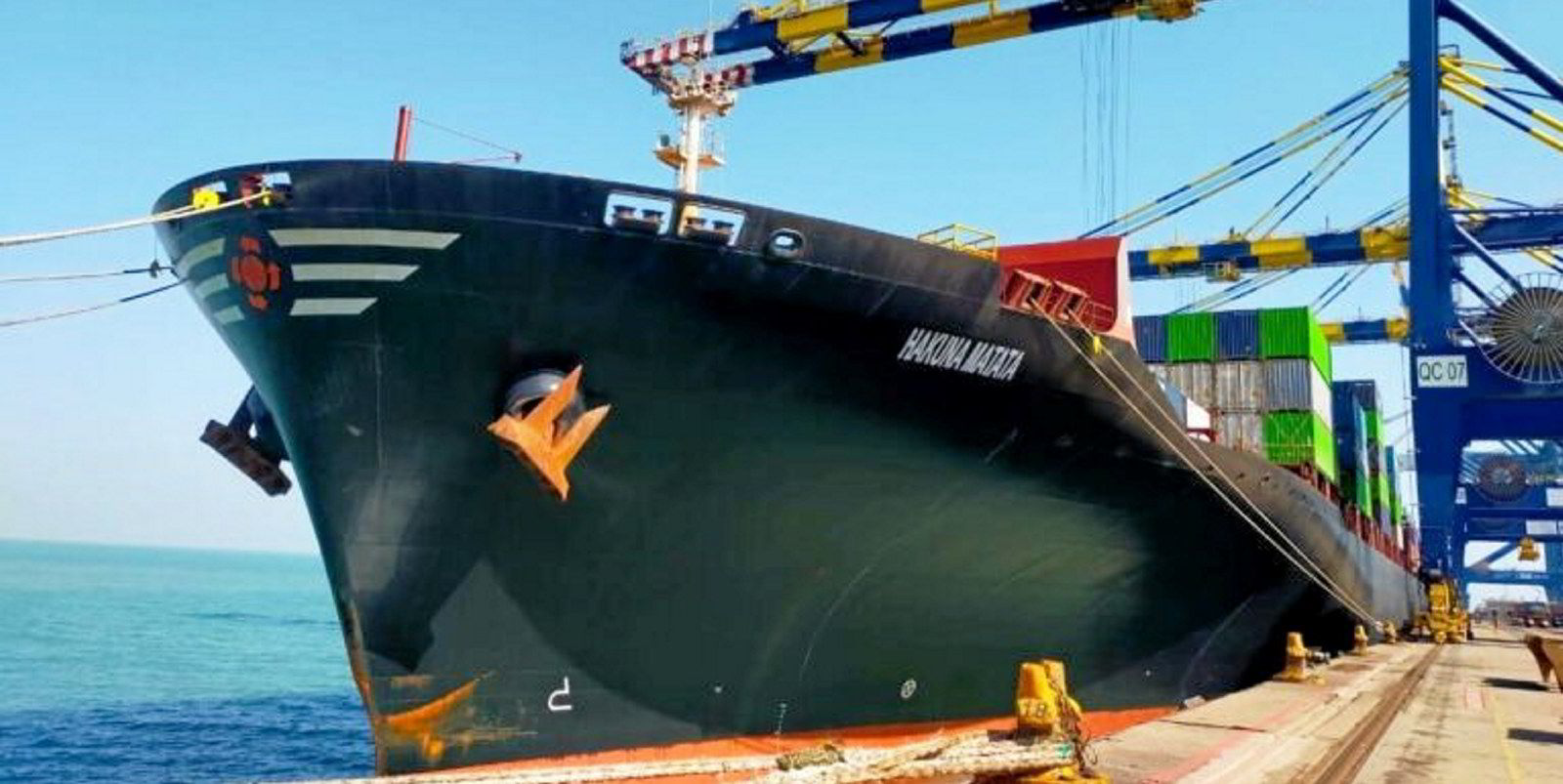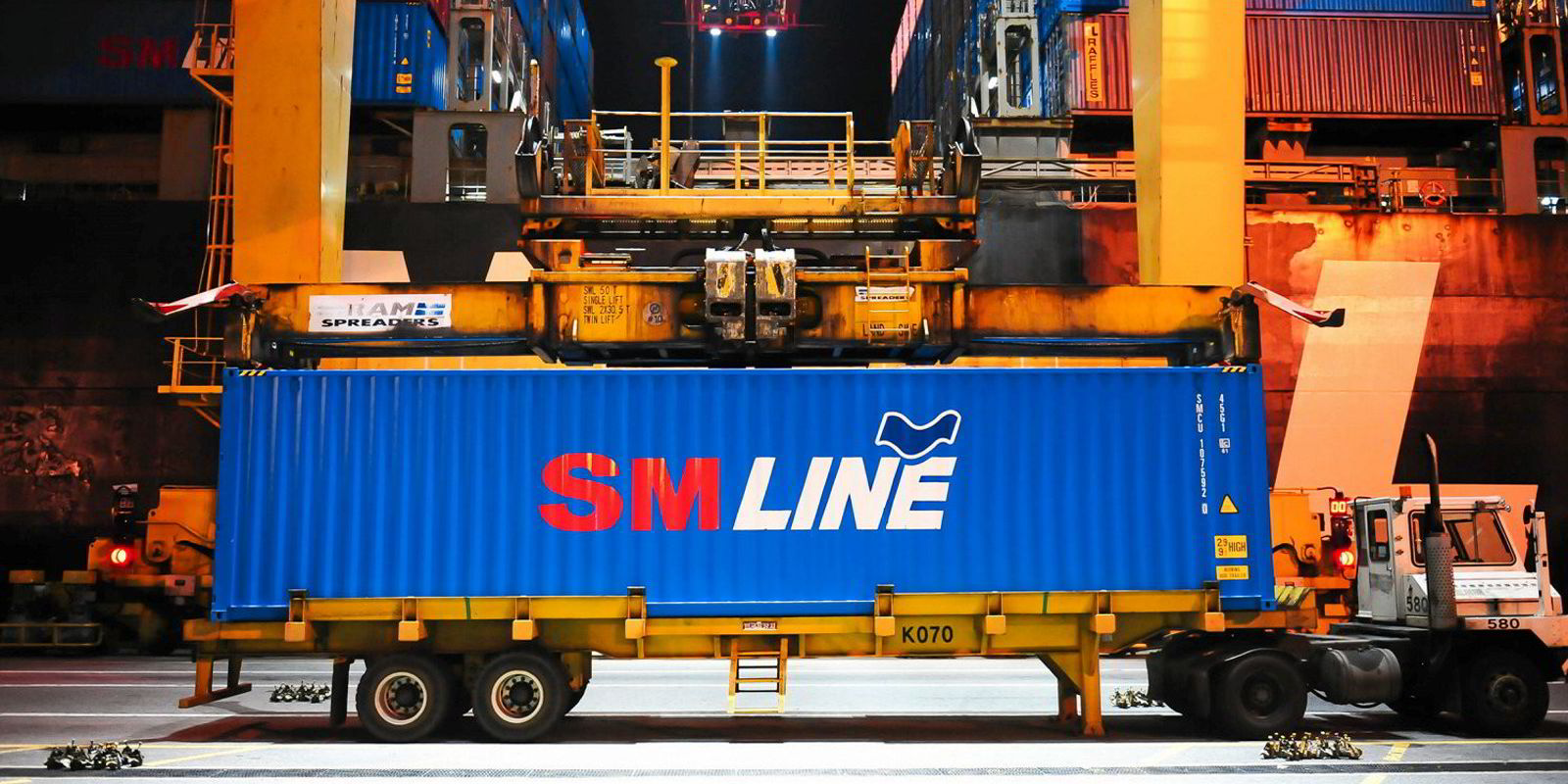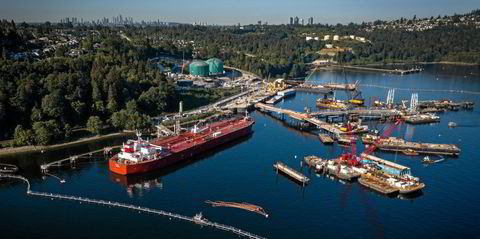Transpacific liner operators continue to re-route services from Asia to the east coast of the US in their bid to beat port congestion.
The trend is expected to continue ahead of crunch talks between US labour unions and port employers that shippers fear could lead to further disruption.
Container shipping capacity deployed from Asia to the US East Coast (USEC) grew by a massive 28.1% over the past year, according to Alphaliner figures.
That is significantly faster than the growth of capacity to the US West Coast (USWC), which rose by 20.5%.
March was also the tenth-straight month when percentage growth at east coast and US Gulf ports outperformed the USWC, according to US liner and port expert John D McCown.
There was an average 16.3% percentage point difference between the two regions over the past 10 months.
‘Not a good mix’
The figures emerge ahead of labour contract negotiations that could worsen logjams at US ports in the coming peak season.
“Shippers continue to head towards the east coast because they anticipate disruptions due to the labour union negotiations that now start in early May and pretty much coincide with an anticipated beginning of peak season,” said Christian Roeloffs, chief executive of container marketplace Container xChange.
“This is never a good mix when the peak season is about to start.”
“Historically the east coast ports are not able to deal with such high volume. I don’t expect this condition to improve,” he said.
He added that it was doubtful that negotiations between port and terminal unions will be tied up in time for the early peak season shipping.
“We know that the port labour unions are very aggressive negotiators, and the event has historically also resulted in work stoppages in the past. If that happens this year too, it will cause unloading and loading of cargo practically impossible.”
“There will be a lot of disruptions when the China ports start to open again, and we see a wave of inbound containers full of cargo on both the east and the west coast ports,” commented Roeloffs.
No stopping now
Carriers have for several months been shifting capacity to USEC ports to avoid congestion at ports such as Los Angeles and Long Beach.
The initial pandemic volume surge disproportionately benefited ports on the west coast of the US, so shippers re-routed cargo to avoid the widely reported congestion, McCown noted.
That trend has been encouraged by the improving economics of all-water vessel services to the east coast and the US Gulf, compared to cross-country intermodal services.
The transition has been encouraged with the late 2016 opening of the expanded Panama Canal.
Container capacity sailing from Asia to North America has risen by 24% over the past year, according to Alphaliner.
Some 702 container ships with a total capacity of 5.75m teu operated at the start of April, the analyst added.
It noted that Danish giant Maersk has overtaken France’s CMA CGM and China’s Cosco Shipping as the largest tonnage operator on the trade.

Services from Asia to the USEC require up to twice as many ships than the USWC loops due to the longer sailing distances.
The share of transpacific trade held by the major liner shipping alliances has shrunk as newcomers have entered the trade.
Lesser role for alliances
The share held by the three major liner shipping alliances of Asia-US capacity has dropped from 82.2% to 67.7%, according to Alphaliner.
That is a result of many newcomers that now control 2.7% of the trade plus a steep increase in so-called “extra sailers”, it said.
Newcomers include operators such as China United Lines, Sea Lead Shipping, Transfar and BAL Container Lines.
These control 4.2% of Asia-USWC capacity, according to Alphaliner.
Container imports into the 10 largest US ports were up 2.2% in March, a pullback from the 13.7% gain in February and the 6.2% increase in January, McCown added.
The differences were due to the timing of the Lunar New Year in China, which was earlier this year.
March overall inbound volume of 2.2m teu was the second-highest ever and just 0.9% below the 2.22m record in May 2021, McCown added.








